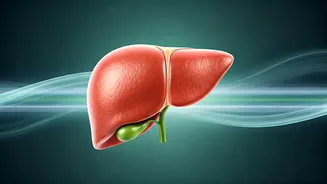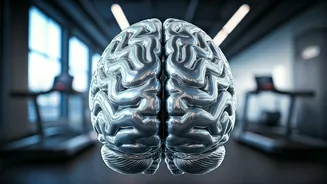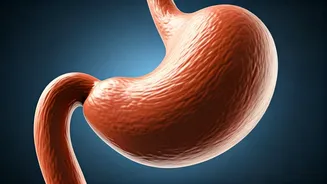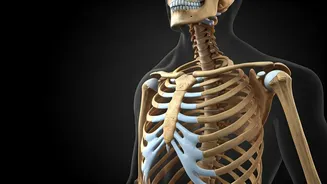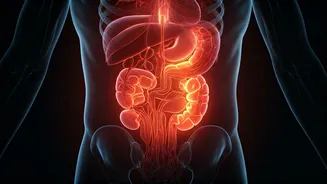Understanding NAFLD
Non-Alcoholic Fatty Liver Disease (NAFLD) occurs when excessive fat builds up in the liver. This condition, often linked to lifestyle factors, can range
from simple fat accumulation (steatosis) to more severe forms like non-alcoholic steatohepatitis (NASH), which involves inflammation and potential liver damage. NAFLD is frequently associated with obesity, diabetes, and metabolic syndrome. Recognizing the causes and stages of NAFLD is crucial for effective management. Lifestyle modifications, especially exercise and dietary changes, play a critical role in treating and potentially reversing NAFLD. Early detection and intervention can significantly improve outcomes and prevent the progression to more serious liver conditions. Addressing NAFLD through lifestyle adjustments supports overall health and lowers the risk of serious complications.
Exercise's Healing Power
Regular exercise is a powerful tool in combating NAFLD. Physical activity helps reduce liver fat by improving insulin sensitivity, which in turn diminishes the accumulation of fat in the liver. Exercise aids in weight management, a significant factor in NAFLD, while also decreasing inflammation throughout the body. The benefits extend beyond the liver, as exercise improves cardiovascular health, reduces the risk of other metabolic disorders, and boosts overall well-being. Consistently engaging in exercise can lead to notable improvements in liver function tests and a potential reduction in liver fibrosis, enhancing the liver's ability to function correctly. This makes exercise a vital part of any NAFLD management plan.
Best Exercise Types
A combination of aerobic and resistance exercises offers the most benefit for individuals with NAFLD. Aerobic exercises, like brisk walking, jogging, cycling, and swimming, effectively burn calories, aiding in weight loss and reducing liver fat. Aim for at least 150 minutes of moderate-intensity aerobic exercise weekly. Resistance training, such as weightlifting or bodyweight exercises, builds muscle mass, improves metabolism, and enhances insulin sensitivity. Include resistance exercises at least two to three times per week. Additionally, consider incorporating high-intensity interval training (HIIT), which involves short bursts of intense exercise followed by brief recovery periods. HIIT can be highly efficient for burning fat and improving cardiovascular health. Tailoring your exercise routine to these various types ensures a comprehensive approach to managing NAFLD and improving overall health.
Exercise Integration & Tips
Integrating exercise into your daily life requires planning and consistency. Start gradually, especially if you're new to exercise, and increase the intensity and duration over time. Find activities you enjoy to keep you motivated. Consider setting realistic goals and tracking your progress, which can help you stay on track. Consult a healthcare professional before starting any new exercise program, particularly if you have underlying health conditions. This consultation can help tailor an exercise plan to your specific needs and abilities. Incorporating exercise into your routine goes hand in hand with other lifestyle changes, such as adopting a healthy diet and reducing alcohol consumption. This holistic approach supports comprehensive liver health and overall well-being.
